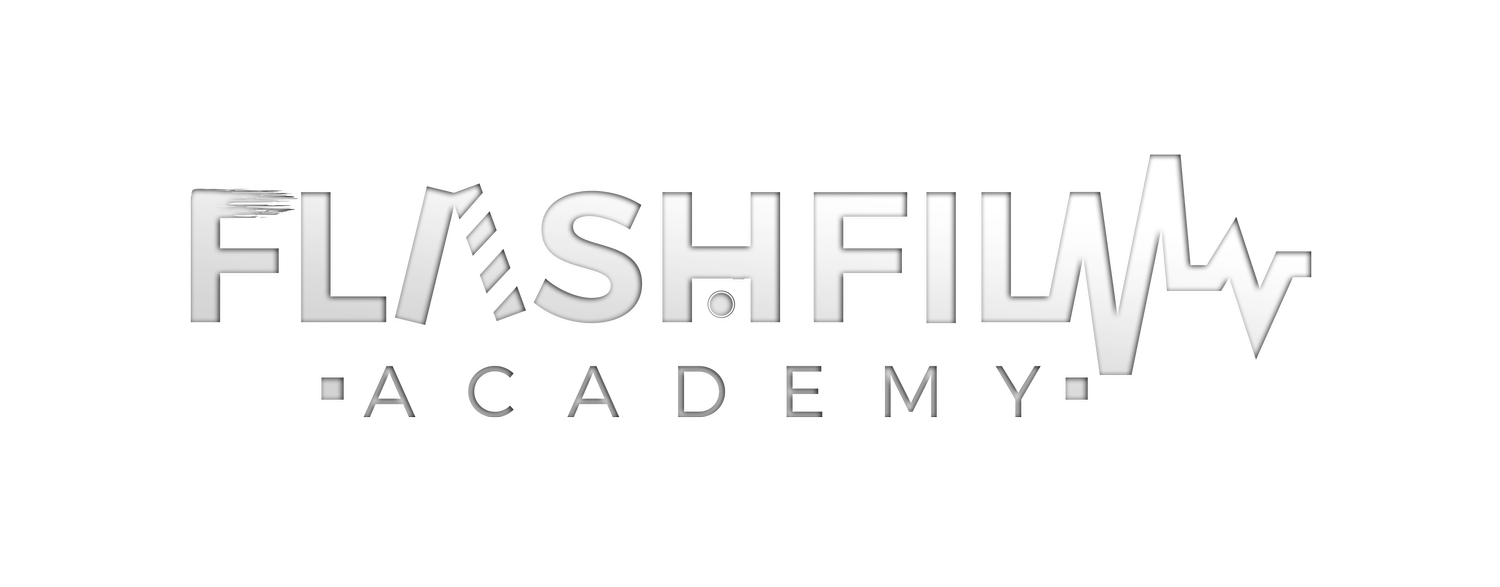When Will Cameras Get 32-Bit Float and What Does It Mean for Digital Multi-Track Recorders?
The digital media world is ever-evolving, and technological advancements continue to push the boundaries of what is possible. For audio engineers, the concept of 32-bit float isn't new; it's been a much-discussed topic in the realm of Digital Audio Workstations (DAWs) and other professional audio software. However, the technology has yet to be widely adopted in the camera industry. So, the question arises: when will cameras get 32-bit float, and what will that mean for current digital multi-track recorders?
What is 32-Bit Float?
Before diving into the implications, let's understand what 32-bit float is. It is a data type used in digital audio processing and production that offers an expansive dynamic range—far exceeding the capabilities of traditional 16 or 24-bit audio. Specifically, it allows for a wider amplitude range, making it an ideal format for ultra-high-dynamic-range recordings.
The most compelling advantage of 32-bit float audio files is their ability to record signals exceeding 0 dBFS. This means that unexpected spikes in sound (roars, pops, revs, etc.) can be adjusted in post-production without losing fidelity. Essentially, it offers a form of "insurance" against clipping and distortion.
Current Adoption in Software
Major DAWs and video applications have already integrated 32-bit float support. Applications like Audacity, Pro Tools, Adobe Premiere Pro, DaVinci Resolve, Cubase, GarageBand, Logic Pro, iMovie, and Final Cut Pro all offer 32-bit float compatibility. However, most cameras—even the professional ones—typically stick to 16 or 24-bit audio.
Implications for Digital Multi-Track Recorders
The introduction of 32-bit float in cameras would be a game-changer for digital multi-track recorders. It would mean that the recorder would either need to be compatible with 32-bit float or risk becoming obsolete. This could necessitate a software (or even hardware) update for existing recorders to handle the enhanced audio data type.
The technology would also simplify the recording process by making it far more forgiving. No longer would you have to fret about getting your levels precisely right at the time of recording, as adjustments could be made in post-production without sacrificing audio quality.
A Niche Requirement?
While 32-bit float offers numerous advantages, it's worth noting that its necessity is generally limited to professional audio engineers who require the utmost fidelity and dynamic range in their recordings. Casual users and even some professionals may find 24-bit to be more than adequate for most applications.
The Bottom Line
As cameras continue to advance, incorporating 32-bit float seems like a logical next step, especially for high-end models designed for professional use. However, this technology is likely to have a more significant impact on digital multi-track recorders, pushing them to evolve or risk becoming obsolete. Though 32-bit float may be overkill for some, for those in the business of capturing ultra-high-fidelity sound, its arrival can't come soon enough.
So, while we can't predict exactly when cameras will get 32-bit float, we can be sure that its implementation will mark a significant step forward in the pursuit of audio excellence.



